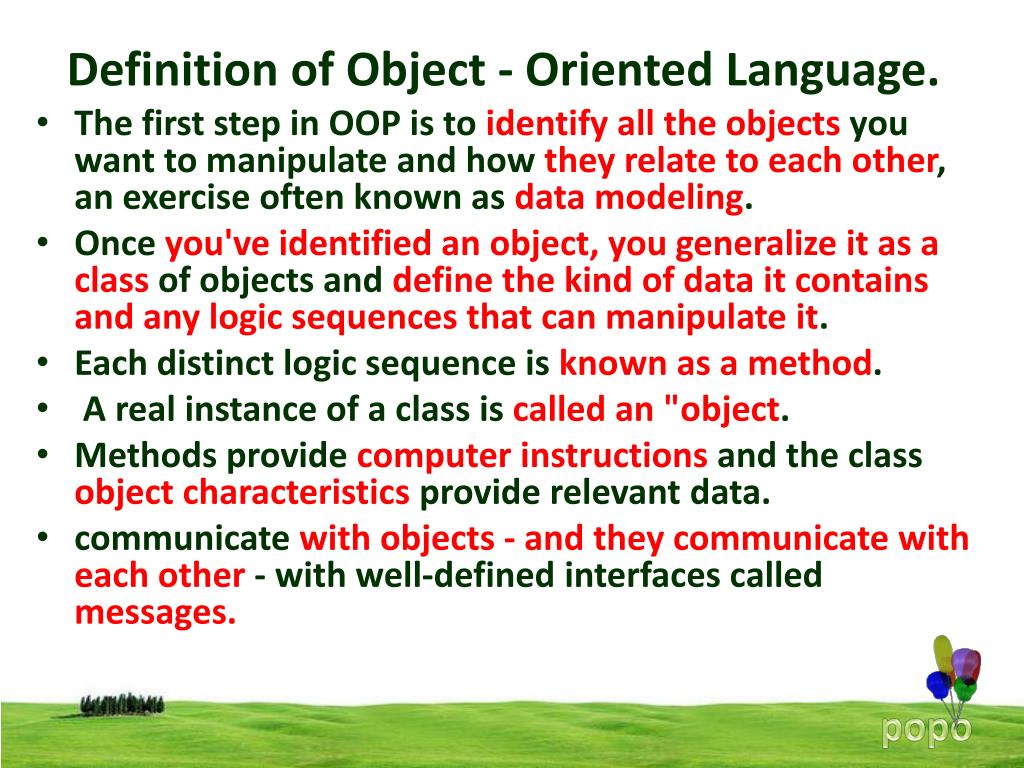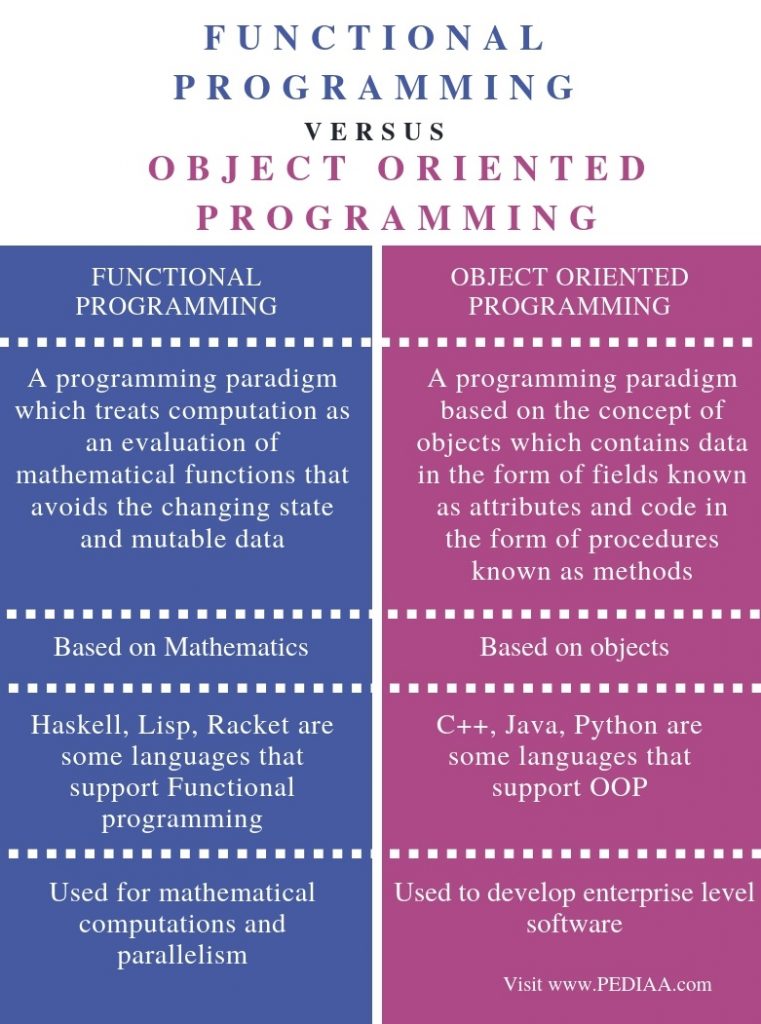


I argue that language as a social and semiotic system is not only grounded in embodied engagements with the material and social-interactional world, but also grounds a sub-class of artifacts of particular significance in the cultural history of human cognition. I suggest that not only do niches mediate organism-organism interactions, but also that organisms mediate niche-niche interactions in ways that affect evolutionary processes, with the evolution of human infancy and childhood as a key example. I provide both a general analysis of the cognitive and semiotic status of artifacts, and a formal analysis of language as a social and semiotic institution, based upon a distinction between the fundamental semiotic relations of “counting as” and “standing for.” I explore the consequences for theories of language and language learning of viewing language as a biocultural niche. I argue that language itself can be considered as a biocultural niche and evolutionary artifact. Niche construction theory has been invoked as a processual mediator of social cognitive evolution and of the emergence and evolution of language. It is regarded by many evolutionary biologists as providing a significant revision of the Neo-Darwinian modern synthesis that unified Darwin’s theory of natural and sexual selection with 20th century population genetics. Niche construction theory is a relatively new approach in evolutionary biology that seeks to integrate an ecological dimension into the Darwinian theory of evolution by natural selection. School of Foreign Languages, Hunan University, Changsha, China.


 0 kommentar(er)
0 kommentar(er)
